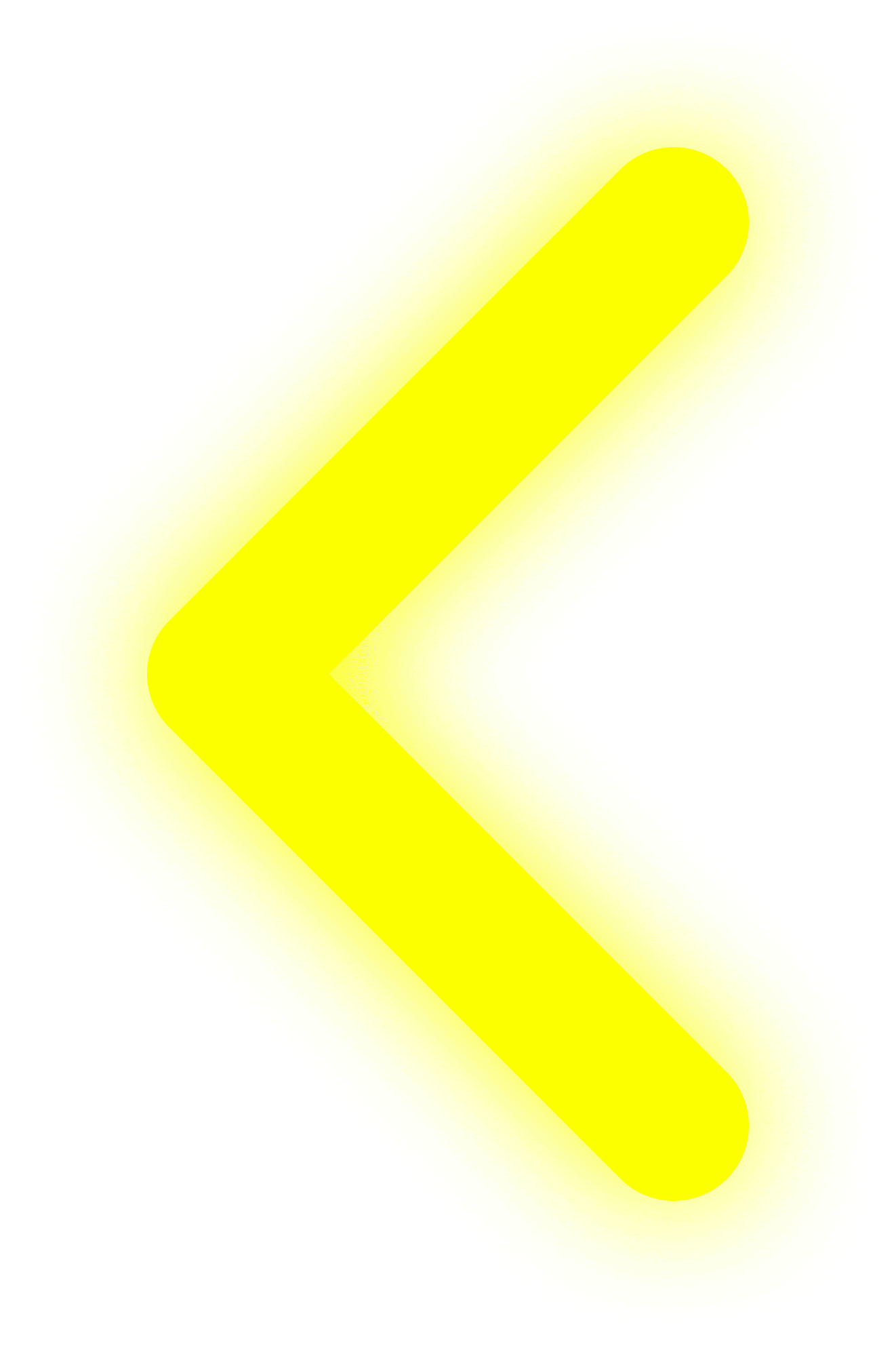VEHIZON
VEHIZON
An XR Customization & Driving Experience.
Mixed Reality
Mixed Reality
Mixed Reality
Unity Engine
Unity Engine
Unity Engine
Case Study
Case Study
Case Study


TIMELINE
TIMELINE
Sep 2024 - Dec 2024
Sep 2024 - Dec 2024
10 Weeks
10 Weeks
MY SCOPE
MY SCOPE
Market Research
Market Research
Unity Prototyping
Unity Prototyping
TOOLS
TOOLS
Unity Engine
Unity Engine
Meta Quest
Meta Quest
Apple Vision Pro
Apple Vision Pro
Team
Team
Michael
Michael
Keith (Me)
Keith (Me)
BACKGROUND
BACKGROUND
As EVs become more popular, customization options have expanded from colors and wheels to over hundred combinations. Yet with limited display cars, many struggle to visualize their ideal configuration.
As EVs become more popular, customization options have expanded from colors and wheels to over hundred combinations. Yet with limited display cars, many struggle to visualize their ideal configuration.
WHAT IS VEHIZON?
WHAT IS VEHIZON?
VEHIZON uses mixed reality to let users explore and customize cars interactively, overlaying virtual designs onto real vehicles.
VEHIZON uses mixed reality to let users explore and customize cars interactively, overlaying virtual designs onto real vehicles.
Case Study Available on Desktop
Key Features
Test Drive
We created a realistic freeway test drive function that allows users to experience how the car feel when in a high speed condition.
Customization
Our platform lets users customize all available car options with carefully designed, intuitive interactions, ensuring a perfect match to their preferences.
Wheel Rim Style
Color Options
Color Options
Spolier Style
Spolier Style
Interior Color
Interior Color
Interior Material
Interior Material
Steering Wheel
Steering Wheel
PART 1
DYNAMIC MEDIA RESEARCH
Competitor Analysis
We conducted an in-depth analysis of various AR/VR platforms available on smartphones and identified three key drawbacks that hinder user adoption.

IKEA Place

Target AR

Taobao
“I don’t want to hold my phone, move around, and view objects through such a tiny screen.”

Users need to hold the phone all the time.
“Holding a phone and looking through the screen makes it difficult to grasp the true scale of objects.”

Hard to capture the object's actual size due to limited FOV, which makes it harder to understand size relationship.
“Tapping is the only way to interact, but it’s frustrating when objects keep moving around on the screen.”

Hard to interact with virtual objects.
User Interview
We asked some users who have vision pro and experienced the car shopping app, and conduct some short interviews with them. And here are some quotes.
Interview FIndings
After doing the user interview and analysis, we identified following pain points for this ar car shopping apps, which plays as a foundation for our platform.

Core User needs
Core User needs
Users want to have more control and explore more about the car instead of just seeing.

User needs 1
User needs 1
More customization options

User needs 2
User needs 2
Real Time Interaction

User needs 3
User needs 3
More Scenarios

User needs 4
Freedom to move around the see the car inside and out
PART 2
DESIGN THINKING
Design Evolution
Our design and design decisions has undergone a series of evolution to achieve the best user experience.


Flat Interface
Flat Interface
We initially aimed to simulate a real car shopping experience with a panel for customizable parts, but this approach limited immersion and reduced user engagement.
Tap Interaction
Tap Interaction
This approach enhances interaction by displaying a control button near customizable parts, allowing users to tap and open a customization panel. However, it still relies on a traditional flat interface, leaving room for improvement.


Swipe Interaction
Swipe Interaction
We explored a more immersive approach using swipe interactions, allowing users to switch options directly on customizable parts. While this enhances immersion, it introduces hidden interactions, reducing efficiency.
Drag Interaction
Drag Interaction
We ultimately chose drag interaction for its balance of immersion and efficiency. When users activate customization, available options float in the air, allowing them to drag parts or material balls directly onto the car.

PART 3
DESIGN DECISION

Drag for Material
Drag for Material
We designed a drag interaction that allows users to drag material balls directly to the desired panel, creating an intuitive and seamless customization experience that match users’ mental model.
Tap for Color
Tap for Color
For changing the exterior color, we choose to use tap interaction. The goal of this decision is to allow users to easily compare the color difference. Users only need to swipe from side to side to see all colors.


Tap for Spoiler
Tap for Spoiler
We also choose tap interaction for selecting different spoilers, as we considered that users might find it challenging to locate where to grab and place the spoiler due to its irregular shape.
PART 5
NEXT STEP

We currently use Meta Quest for AR simulation and plan to transition to Vision Pro for real-car integration.

We plan to introduce additional test drive scenarios, such as city driving, hillside routes, and extreme weather conditions.

We envision lightweight AR glasses replacing smartphones, making car interactions as effortless as using an app.















